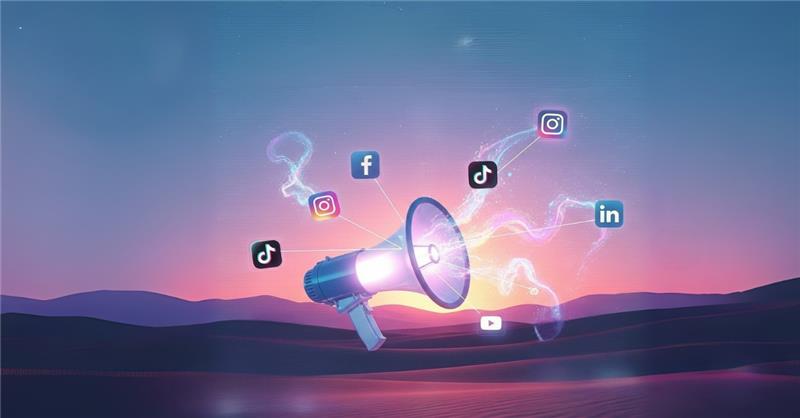The best entrepreneurs don’t walk a tightrope without a safety net. They build bridges, reinforced with multiple support beams. They know the truth: markets swing, consumer tastes fade, and technology can flip the table overnight. One revenue stream is a gamble, and the house always wins eventually.
This isn’t about chasing every shiny object. It’s about fortifying your castle while still building it higher. As business strategist Deepak Mandy puts it:
“Diversification isn’t a distraction from your core business; it’s the insurance policy that protects it.”
Understanding the Importance of Business Diversification
Imagine investing your life savings into one stock. No sane investor would. Yet, many companies do exactly that with their income.
Diversification strategies mean deliberately adding new products, services, or market channels. Not randomly. With intent. Each stream becomes another engine pulling the train. If one stalls, the others keep the business moving forward.
In today’s unpredictable economy, diversification isn’t dessert. It’s the main course for business growth and business development.
Revenue Streams: Why Multiple Sources Create Stability

One stream is fragile. Imagine a restaurant relying only on foot traffic. What happens if a new road diverts cars? Or an app replaces dine-in orders?
Multiple streams act like shock absorbers. Seasonal dips are offset by complementary peaks. Cash flow evens out. Leaders plan boldly instead of reacting nervously.
It’s not about having ten flimsy straws stuck in the same cup. It’s about a few strong pipes feeding the well.
Risk Management Through Diversification
Diversification is business armour. It spreads the blows so none can pierce too deep.
- Industry Risk: Retail giants fell when e-commerce surged.
- Model Risk: Channels go obsolete overnight. For example, MySpace.
- Customer Risk: One client walking away shouldn’t capsize the ship.
Deepak Mandy, a seasoned Business Consultant, doesn’t sugarcoat it:
“Putting all your eggs in one basket is a strategy. It’s just a terrible one.”
Case Studies: Portfolios that Built Empires
- Apple – From Macs to iPods, then iPhones, then services. Each layer cemented the ecosystem.
- Amazon – From books to cloud computing, logistics, and streaming. AWS alone redefined its profit engine.
- Disney – From animation to theme parks, cruises, merchandise, and now streaming. Every Mickey Mouse story turns into multiple revenue streams.
These giants didn’t wander blindly. They expanded with clear business strategies, like chess masters, one deliberate move at a time.
Expanding Into New Markets

Market expansion is a powerful diversification lever. This can mean:
Geographical Expansion: Taking a successful product from the U.S. to Europe or Asia.
Customer Segment Expansion: Transform a consumer-focused product so businesses can benefit – or shape a business solution so it fits individual lives.
Channel Expansion: Build new ways for people to find you – whether through an online store or distributors who carry your mission further.
Every market is a doorway. Behind it waits a new audience, a new income stream, and the strength to weather storms while your business grows stronger for the future.
The Role of Innovation
Diversification without innovation is just throwing darts blindfolded.
Smart companies ask: What can we build on our current strengths? What problems can we solve that our competitors haven’t seen yet?
Innovation in business makes diversification less of a leap and more of a bridge from the known to the unknown.
Balancing Focus and Diversification
The biggest fear for leaders is that diversification will dilute their focus and weaken their core brand. Fair point. The key is strategic diversification, not random experimentation.

Nurture the health of your core business and let it fund new experiments. Picture a tree: a strong trunk supports branches that grow outward with confidence.
The smartest leaders run today’s business while quietly building tomorrow’s.
The Future of Diversification
Change isn’t slowing down. AI, automation, and global connectivity are rewriting business rules in real time.
Future-proof businesses will:
- Use data to spot trends faster than rivals.
- Launch new streams at low cost thanks to tech.
- Treat adaptability as a core skill, not a side project.
Deepak Mandy puts it sharply:
“The goal isn’t to be a one-hit wonder. It’s to become an enduring institution. Diversification builds the moat that protects your castle from the armies of change.”
Your First Steps
- Audit reliance: What % of revenue is tied to your top product or client?
- Spot adjacencies: Which skills or assets could branch out?
- Measure appetite: How much risk can you stomach?
- Start small: Test a new product, a new market, or a pilot service.
- Scale winners: Double down on what works. Kill what doesn’t.
The world doesn’t need businesses that vanish at the first storm. It needs companies that bend, adapt, and keep moving forward.


